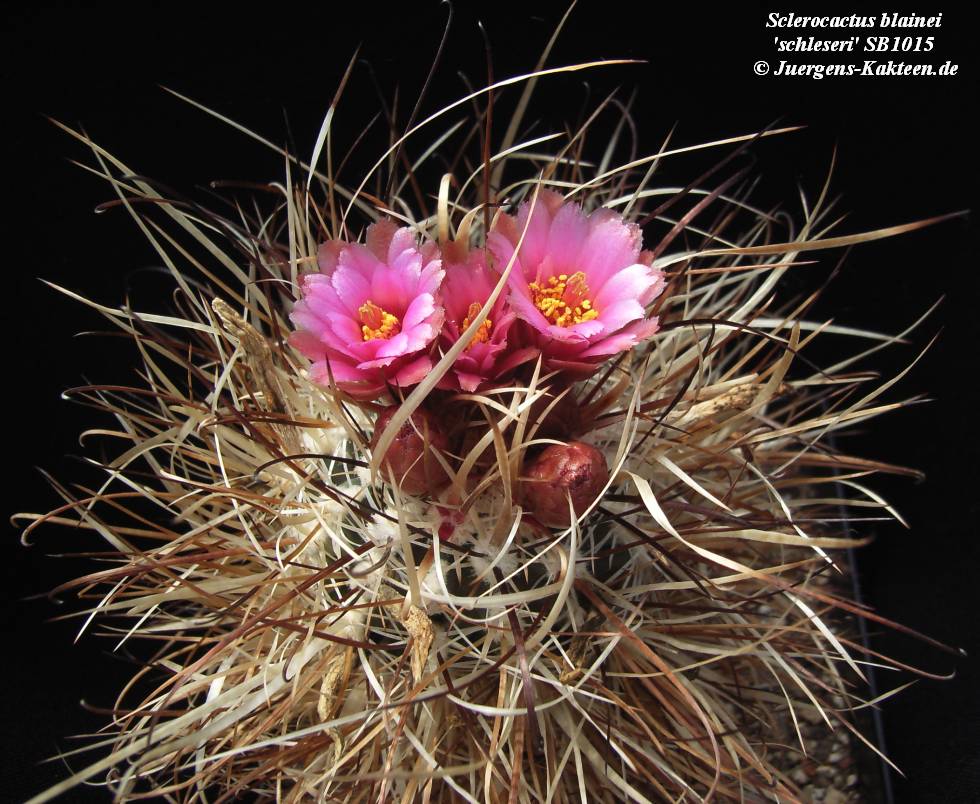When it comes to the fascinating world of succulents, the Sclerocactus genus uniquely embodies the beauty and diversity of cacti. Commonly known as the paper spine cactus, Sclerocactus encompasses a variety of species that thrive in arid environments, showcasing remarkable resilience and adaptability. This guide endeavors to provide a comprehensive overview of Sclerocactus, covering its taxonomy, morphology, cultivation techniques, and broader ecological implications.
Understanding the taxonomy of Sclerocactus is essential for enthusiasts and horticulturists alike. This genus is part of the Cactaceae family, which is rich in diversity. Sclerocactus is distinguished by its distinctive stem structure and spine arrangement. The genus includes several species, each varying in size, color, and growth habits. Common species such as Sclerocactus papyracanthus, Sclerocactus whipplei, and Sclerocactus nyensis are notable for their unique morphological traits.
In sum, the Sclerocactus genus, classified within the Cactaceae family, garners interest not only for its ecological adaptations but also for its aesthetic appeal. This multi-faceted genus is a testament to the remarkable resilience of life in extreme environments.
The morphology of Sclerocactus is a subject of great intrigue. These cacti typically exhibit a cylindrical or globular shape and can grow to a height of up to 12 inches. The ribs on the stem are prominent, providing structural support and aiding in water retention. Another striking feature is the spines that adorn the cactus, which can vary significantly in color, length, and density.
At maturity, the flowers of Sclerocactus emerge in a vibrant array of colors, ranging from yellow and green to pink and purple. These blooms are not only visually captivating but also serve an ecological purpose, attracting pollinators such as bees and butterflies. The fruit that follows is small, typically fleshy, and contributes to the propagation of the species.
Delving into the cultivation of Sclerocactus can be rewarding for both novice and seasoned gardeners. Like other cacti, Sclerocactus species require specific conditions to thrive. Providing an adequate environment involves considering factors such as soil composition, watering schedules, lighting, and temperature.
Soil for Sclerocactus should be well-draining, preferably a mix tailored for cacti and succulents, containing components like perlite, sand, and gravel. This composition facilitates airflow to the roots, preventing rot. Watering should be done sparingly; during the growing season, typically spring and summer, a thorough watering every two to four weeks can suffice.
As temperatures drop in the fall and winter, it’s essential to reduce watering frequency to avoid damaging the plant. Sclerocactus can tolerate a wide range of temperatures but generally thrive in environments between 70°F and 100°F during the day. At night, they benefit from cooler temperatures, mimicking their natural desert habitat.
Light is another critical factor influencing the health of Sclerocactus. Most species prefer full sun exposure; however, partial shade during the hottest hours of the day can protect them from sunburn. Indoor growers should position sclerocacti near south-facing windows or provide supplemental grow lights.
Propagation adds another layer of complexity and intrigue to the Sclerocactus experience. The most common methods are through seeds and offsets. When opting for seeds, sourcing from a reputable supplier is crucial to ensure viability. Seeds should be sown in a sterile medium, and humidity should be maintained until germination occurs.
Offsets, or pups, are small clones that grow near the base of the parent plant. When they are sufficiently mature, they can be carefully removed and potted separately. This method allows for quicker propagation and maintains the desirable characteristics of the parent plant.
Caring for Sclerocactus involves more than just watering and sunlight. Beyond horticultural practices, regular observation is critical for identifying potential pests and diseases. Common pests such as mealybugs, aphids, and spider mites can affect these cacti. Implementing integrated pest management strategies, including physical removal and environmentally friendly insecticides, can mitigate infestations.
In addition, fungal infections can occur, particularly when the cactus is oversaturated with water. Ensuring proper drainage and airflow will help maintain a healthy environment, minimizing risk.
Understanding the ecological significance of Sclerocactus offers perspectives beyond cultivation. These cacti play an important role in their native habitats, often serving as indicators of environmental health.
In arid ecosystems, they contribute to soil stabilization and provide essential nourishment for various pollinators and wildlife. The presence of Sclerocactus can signal a balanced ecosystem, as these plants have adapted to their surroundings over millennia.
Moreover, Sclerocactus showcases resilience against climate change impacts. As temperatures rise and rainfall patterns shift, these cacti demonstrate an ability to endure adverse conditions that might decimate less hardy species.
The role of Sclerocactus in traditional practices cannot be understated; indigenous communities have utilized various cactus species for food, medicine, and cultural rituals. Their ability to thrive in harsh climates has allowed local populations to cultivate them in sustainable ways, underscoring the connection between humanity and nature.
In conclusion, the Sclerocactus genus embodies a rich tapestry of ecological and horticultural significance. From its compelling morphology to its low-maintenance cultivation requirements, Sclerocactus appeals to both novice enthusiasts and experienced cactus collectors.
Moreover, its essential role in sustaining its native ecosystems and its place in traditional practices make it a vital species for conservation. Embracing the cultivation and appreciation of Sclerocactus contributes not only to horticultural diversity but also promotes broader ecological understanding and preservation efforts.

Leave a Comment